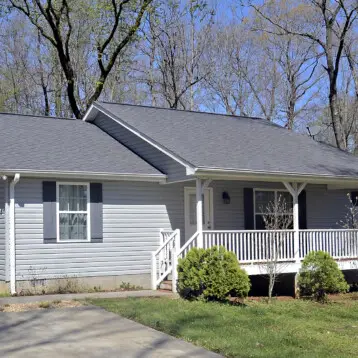|
Currently, engineers need to consider the loss of energy caused by windows when they devise heating plans. Glass windows let heat “escape” from the house, diminishing the effectiveness of indoor heating. Furthermore, there is usually a trade-off between insulation and transparency- the more transparent the window is the less insulated it is and vise-versa. The new glass, named Guardian VIG (Vacuum Insulated Glass), was designed to solve these problems.
Guardian VIG is far thinner than conventional insulated glass units (its total thickness is 6.5–11 mm, depending on the glass used), because conventional insulated glass windows require triple glazing and multiple low-e coatings in order to achieve the same energy preservation levels. The VIG insulates using a vacuum of 4-10 torr (pressure unit measuring 1/760 of an atmosphere) between two layers of glass. For reference, thermos bottles typically have a much stronger vacuum of 6-10 torr. The space between the glass sheets is very small (0.25 mm) and one of the glass layers has a low-emissivity (low-e) coating, in order to increase insulation.
As heat travels in three modes (conduction, convection and radiation), the goal was to minimize each mode’s effect. While the vacuum eliminates the first two modes of heat travel, the e-coating is necessary in order to eliminate radiation. This kind of low-e coating has a huge effect: while a hard-coat (pyrolytic) coating yields only R-2 to R-3 insulation, and standard low-e coating yields R-4 insulation, Guardian used the more advanced ClimaGuard Low-E glass, which has two deposited metallic layers.
|
Moreover, the technology behind the vacuum was also improved. Since vacuum pulls the layers of glass together, Guardian used tiny, low-conductivity “pillars” several centimeters apart to maintain the spacing between the layers of glass. These are almost invisible. However, Scott Thomsen, Chief Technology Officer and Group Vice President of Guardian Industries Science and Technology Center, recently said: “If you know to look for them, you’ll find them.”
The Guardian VIG panels were tested at the University of Waterloo in Ontario, Canada, and showed very good energy performance levels. Stephen Selkowitz, Head of the Building Technologies Division at the Lawrence Berkeley National Laboratory, was impressed. When asked about the technology, he said: “This performance level would convert most windows in heating climates into net energy suppliers, providing more energy to the home via passive solar gain (even facing north) than the window loses,” he said. “If you could convert every window in the U.S. to this performance level, you would save homeowners about $15 billion each year.”
TFOT has covered the development of a technology for creating cheap solar electricity, and a composite plastic developed by scientists at the University of Michigan. The composite plastic is said to be as strong as steel, but much lighter and transparent. Another related TFOT story regards the Air Tree, a structure designed to benefit both the environment and the nearby residents by generating clean renewable energy, producing oxygen, and serving as a unique social gathering place.
Guardian is currently producing the vacuum glazing on a limited basis for testing, and hopes to produce the glass commercially by the end of 2009. For more information about Guardian’s technology, check out the company’s website.











